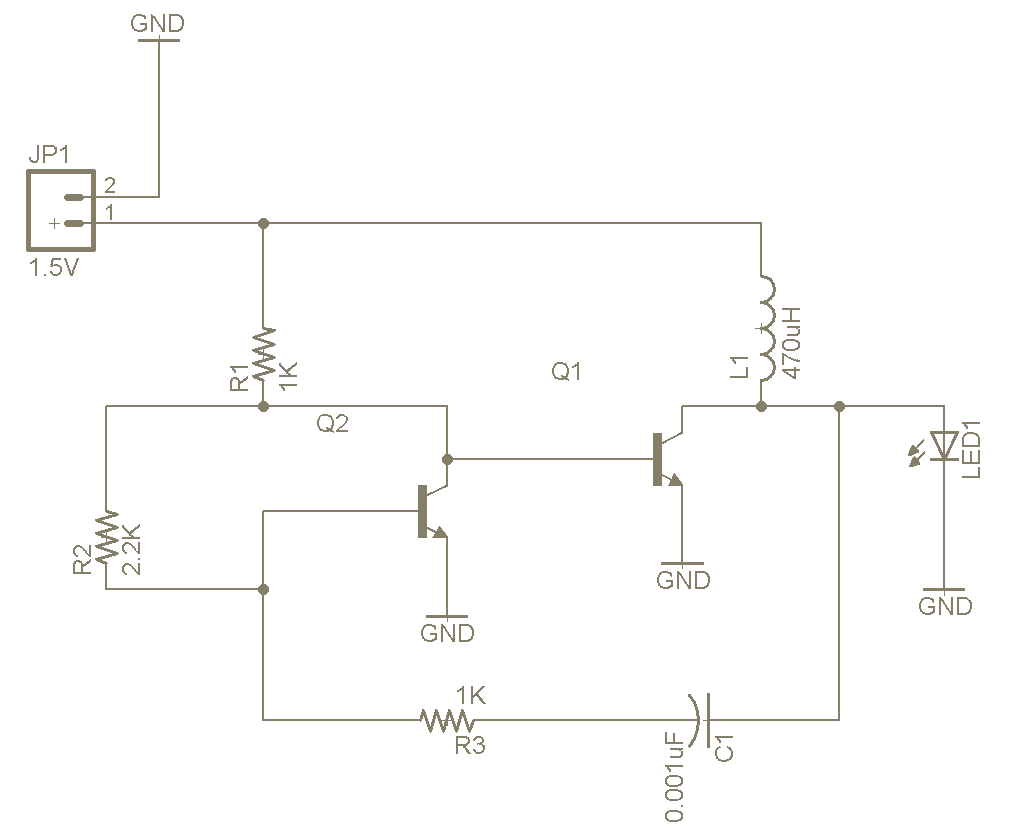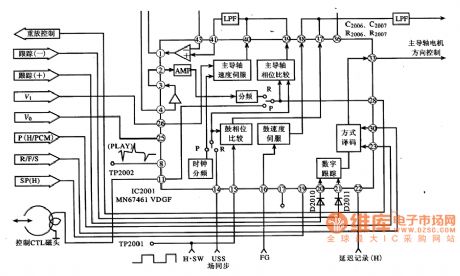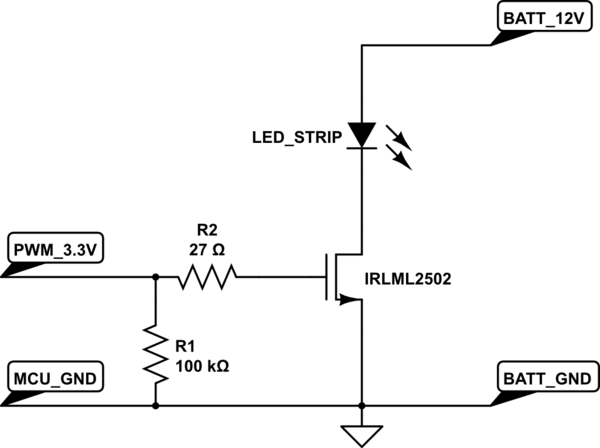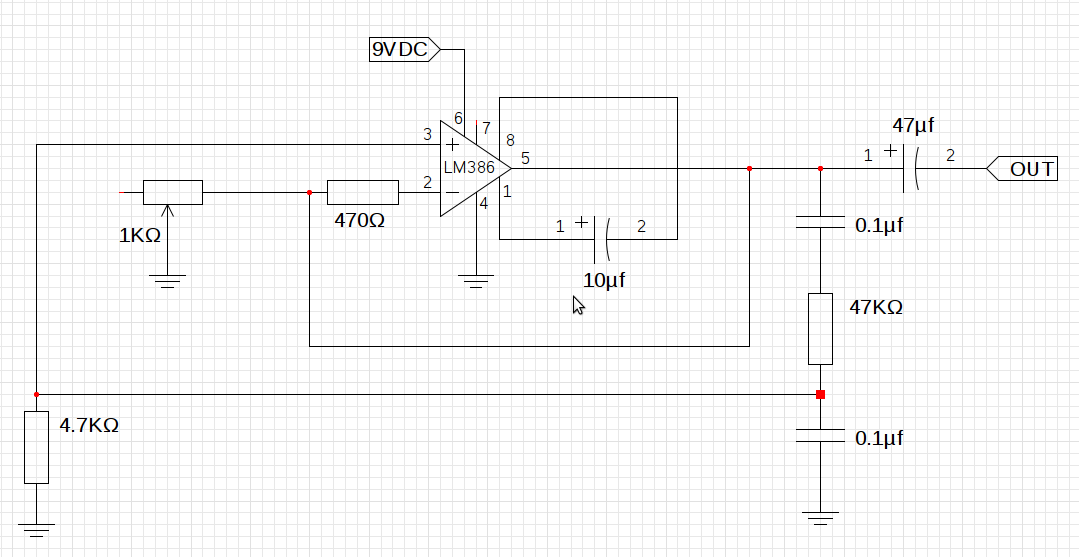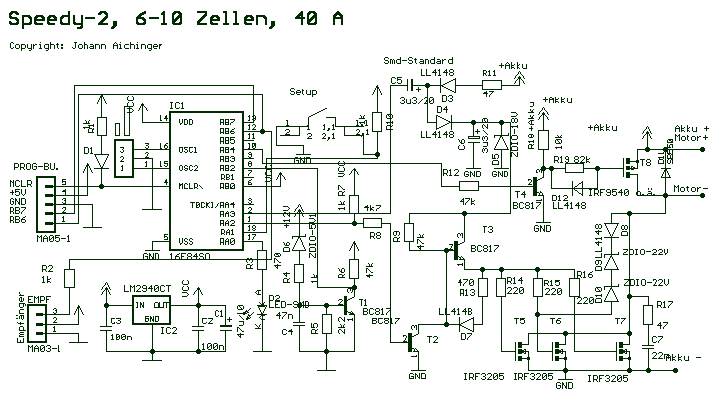
control interface via pc keyboard
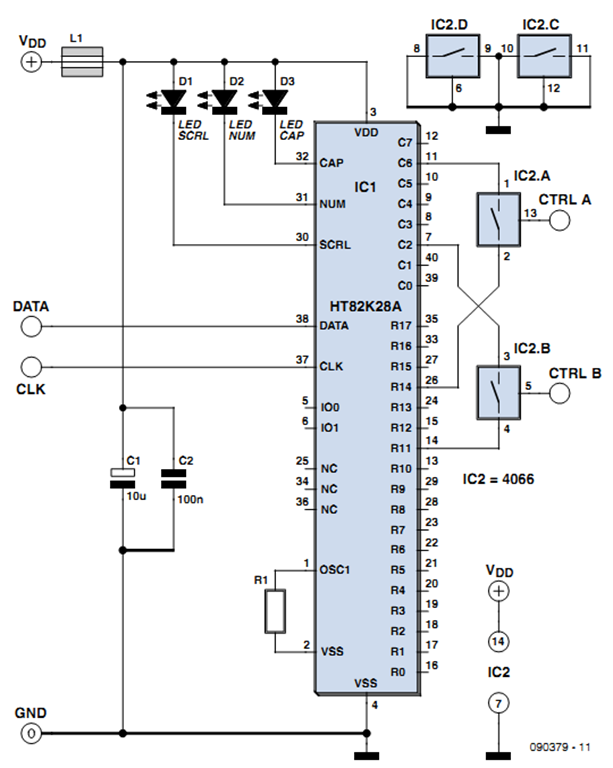
One of the more challenging aspects of creating a control or security system that utilizes a PC, such as a burglar alarm, is connecting the sensors to the computer. This typically requires specialized interface expansion boards, and programming that includes interrupts can also pose significant challenges. However, for simpler systems, such as those consisting of four light barriers or trip wires that provide a digital on/off signal when unauthorized individuals enter, a more cost-effective yet efficient interface can be implemented. This interface can utilize an old computer keyboard, which contains a number of switches equivalent to the number of keys. These switches are scanned multiple times per second in a matrix configuration to detect key presses. The number of columns is typically eight (C0 to C7 in the schematic), while the number of rows varies by keyboard type, ranging from 14 to 18 (R0 to R17 with the H T82K 28A keyboard encoder referenced). Each switch connects to a single column and a single row. The circuit is designed so that when sensor A is triggered, it simulates a press of the letter A. This requires tracing the keyboard wiring to identify the specific column and row connected to the A key. One of the four analog switches from the CD4066 CMOS IC is connected between these two points, effectively placed in parallel with the mechanical A key. When the Control-A input of the CD4066 is activated by sensor A, the letter A is sent to the computer via the keyboard, prompting the PC to respond, such as entering an alarm phase. This system is not limited to burglar detection; it can also remotely control other electronic devices, such as a TV. For example, one could use a 4066 switch to cycle through TV channels, activated by a 1-Hz square wave generator. In the schematic, only switches A and B of the CD4066 are connected to the keyboard, but all four switches can be utilized, and multiple CD4066 ICs can be employed if more than four switches are needed. The wiring between the keyboard IC and the 4066 is illustrative, and each letter must be determined by the user for the specific keyboard used. It is crucial that each CD4066 switch connects to a row and a column. The output signal from the sensors must be compatible with the CD4066, and the power supply voltage of 5 volts used by the keyboard can also power the CD4066.
The proposed circuit leverages the existing infrastructure of a standard keyboard to interface with various sensors, thereby simplifying the connection process. The use of the CD4066 analog switch IC allows for the seamless integration of sensor inputs without the need for complex programming or additional hardware. Each sensor can be configured to trigger a specific key press, thus enabling a straightforward method for the PC to interpret these signals as commands.
In practical implementation, it is essential to ensure that the sensors provide a clean digital signal compatible with the CD4066's input requirements. The power supply for the circuit can be derived from the keyboard itself, which typically operates at 5 volts, making the entire setup energy-efficient. The design can be adapted to various applications beyond security systems, such as automation tasks, where multiple sensors may control different functions on a PC or other electronic devices.
The flexibility of this approach allows for scalability; additional CD4066 ICs can be added to accommodate more sensors, and the keyboard matrix can support numerous configurations. Each sensor's activation can be tailored to specific keys, allowing for a wide range of control options. This method not only reduces costs associated with specialized hardware but also simplifies the overall design, making it accessible for various applications in home automation and security.One of the more difficult aspects when making a control or security system that uses a PC (a burglar alarm using a PC, for example), is the connection of the sensors to the computer. In addition to typically requiring specialist interface expansion boards, the writing of the program that includes interrupts is often also an insurmountable obstacle.
But when only a simple system is concerned consisting of, for example, four light barriers or, if need be, trip wires giving a digital on/off signal when uninvited guests enter, then a much cheaper but nevertheless effective interface is possible. For this interface we use an (old) computer keyboard. This contains as many switches as there are keys. These switches are scanned many times per second in a matrix in order to detect the potential press of a key.
The number of columns is usually eight (C0 C7 in the schematic); the number of rows varies for each type of keyboard and can range from 14 to 18 (R0 R17 with the H T82K 28A keyboard encoder mentioned in the example). To each switch there is a single column and a single row connection. The intention of the circuit is that sensor A will push` the letter A, when it senses something. This requires tracing the keyboard wiring to figure out which column and which row is connected to the A key.
One of the four analogue switches from the familiar CD4066 CMOS IC is then connected between these two connections; that is, in parallel with the mechanical A key on the keyboard. When the Control-A input of the CD4066 is activated by sensor A, the letter A will be sent to the computer by the key-board.
The PC can then act appropriately, for example by entering the alarm phase. The system is not limited to (burglar) detection using a PC. The remote control of a TV set or other electronic devices can also be operated with a 4066 in the same way; for example to scan through a number of TV channels in a cyclical fashion. To do this, you could, for example, shunt the next channel` button using one of the 4066 switches, which itself is activated by a 1-Hz square wave generator.
In the schematic only switches A and B of the CD4066 are connected to the keyboard. You can, of course, use all four of the switches and if you need more than four you can use multiple CD4066 ICs. The indicated wiring between the keyboard IC and the 4066 is an example only, and each typed` letter has to be determined by the user for the specific keyboard that is used.
It is important that each CD4066 switch is always connected between a row- and a column connection. The output signal from the sensors has to be suitable for the CD4066 and the power sup-ply voltage of 5 volts used by the keyboard. The power supply for the CD4066 may be obtained from the keyboard. 🔗 External reference
The proposed circuit leverages the existing infrastructure of a standard keyboard to interface with various sensors, thereby simplifying the connection process. The use of the CD4066 analog switch IC allows for the seamless integration of sensor inputs without the need for complex programming or additional hardware. Each sensor can be configured to trigger a specific key press, thus enabling a straightforward method for the PC to interpret these signals as commands.
In practical implementation, it is essential to ensure that the sensors provide a clean digital signal compatible with the CD4066's input requirements. The power supply for the circuit can be derived from the keyboard itself, which typically operates at 5 volts, making the entire setup energy-efficient. The design can be adapted to various applications beyond security systems, such as automation tasks, where multiple sensors may control different functions on a PC or other electronic devices.
The flexibility of this approach allows for scalability; additional CD4066 ICs can be added to accommodate more sensors, and the keyboard matrix can support numerous configurations. Each sensor's activation can be tailored to specific keys, allowing for a wide range of control options. This method not only reduces costs associated with specialized hardware but also simplifies the overall design, making it accessible for various applications in home automation and security.One of the more difficult aspects when making a control or security system that uses a PC (a burglar alarm using a PC, for example), is the connection of the sensors to the computer. In addition to typically requiring specialist interface expansion boards, the writing of the program that includes interrupts is often also an insurmountable obstacle.
But when only a simple system is concerned consisting of, for example, four light barriers or, if need be, trip wires giving a digital on/off signal when uninvited guests enter, then a much cheaper but nevertheless effective interface is possible. For this interface we use an (old) computer keyboard. This contains as many switches as there are keys. These switches are scanned many times per second in a matrix in order to detect the potential press of a key.
The number of columns is usually eight (C0 C7 in the schematic); the number of rows varies for each type of keyboard and can range from 14 to 18 (R0 R17 with the H T82K 28A keyboard encoder mentioned in the example). To each switch there is a single column and a single row connection. The intention of the circuit is that sensor A will push` the letter A, when it senses something. This requires tracing the keyboard wiring to figure out which column and which row is connected to the A key.
One of the four analogue switches from the familiar CD4066 CMOS IC is then connected between these two connections; that is, in parallel with the mechanical A key on the keyboard. When the Control-A input of the CD4066 is activated by sensor A, the letter A will be sent to the computer by the key-board.
The PC can then act appropriately, for example by entering the alarm phase. The system is not limited to (burglar) detection using a PC. The remote control of a TV set or other electronic devices can also be operated with a 4066 in the same way; for example to scan through a number of TV channels in a cyclical fashion. To do this, you could, for example, shunt the next channel` button using one of the 4066 switches, which itself is activated by a 1-Hz square wave generator.
In the schematic only switches A and B of the CD4066 are connected to the keyboard. You can, of course, use all four of the switches and if you need more than four you can use multiple CD4066 ICs. The indicated wiring between the keyboard IC and the 4066 is an example only, and each typed` letter has to be determined by the user for the specific keyboard that is used.
It is important that each CD4066 switch is always connected between a row- and a column connection. The output signal from the sensors has to be suitable for the CD4066 and the power sup-ply voltage of 5 volts used by the keyboard. The power supply for the CD4066 may be obtained from the keyboard. 🔗 External reference
Warning: include(partials/cookie-banner.php): Failed to open stream: Permission denied in /var/www/html/nextgr/view-circuit.php on line 713
Warning: include(): Failed opening 'partials/cookie-banner.php' for inclusion (include_path='.:/usr/share/php') in /var/www/html/nextgr/view-circuit.php on line 713
